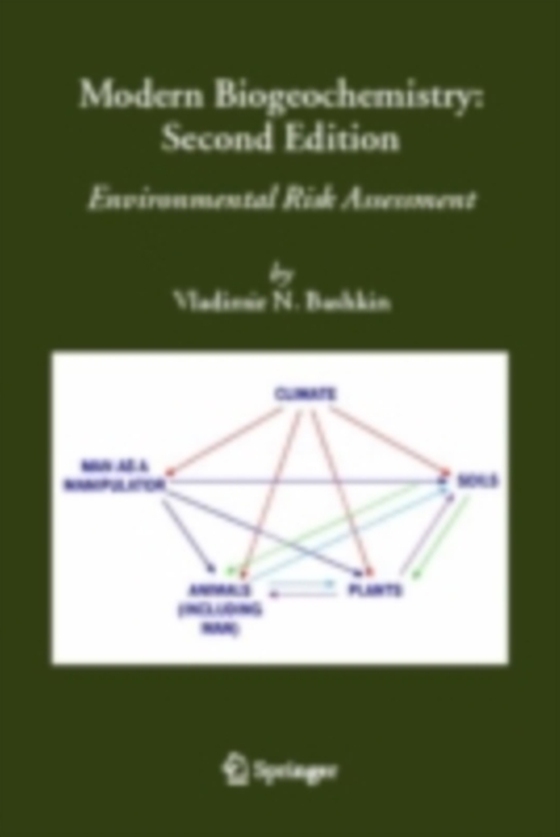
Modern Biogeochemistry e-bog
2190,77 DKK
(inkl. moms 2738,46 DKK)
This book is aimed at generalizing the modern ideas of both biogeochemical and environmental risk assessment that have been developed in recent years. Only a few books are available for readers in this interdisciplinary area, since most books deal mainly with various technical aspects of ERA description and calculations. This text aims at supplementing the existing books by providing a modern u...
E-bog
2190,77 DKK
Forlag
Springer
Udgivet
29 december 2006
Genrer
Probability and statistics
Sprog
English
Format
pdf
Beskyttelse
LCP
ISBN
9781402045868
This book is aimed at generalizing the modern ideas of both biogeochemical and environmental risk assessment that have been developed in recent years. Only a few books are available for readers in this interdisciplinary area, since most books deal mainly with various technical aspects of ERA description and calculations. This text aims at supplementing the existing books by providing a modern understanding of mechanisms that are responsible for ecological risks for human beings and ecosystems. The book is to a certain extent a summary of both scientific results of various authors and of classes in biogeochemistry and ERA, taught by the author in recent years to students in the USA, in particular at Cornell, and in different universities in Moscow, Pushchino, Seoul, and Bangkok.At present, quantitative ecological risk assessment is widely used in different contexts, however very often without an understanding of the natural mechanisms that drive the processes of environmental and human risk. Its application is often accompanied by high uncertainty about risk values. On the other hand, the sustainability of modern technoecosystems is known because of their natural biogeochemical cycling that has been transformed to various extents by anthropogenic studies. Accordingly our understanding of the principal mechanisms that drive the biogeochemical food webs allows us to present a quantitative ecological risk assessment and to propose technological solutions for management of various ERA enterprises. It also enables us to devise a powerful mechanism for ecological insurance, to assign responsibilities and protect rights while managing the control of damage from natural and anthropogenic accidents and catastrophes.
 Dansk
Dansk

